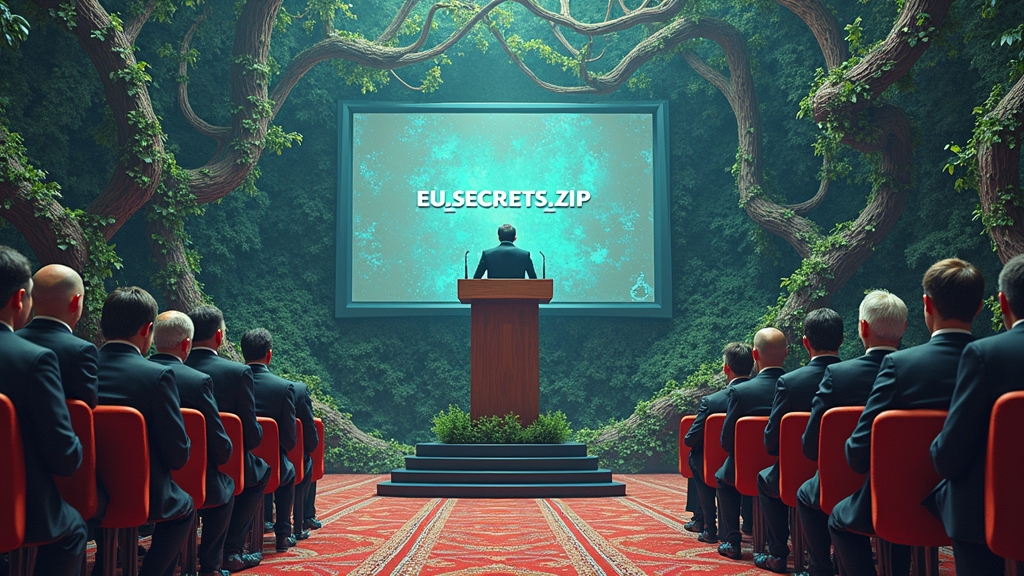Australian Federal Police Admit They Can’t Keep Up With Netflix Binge Culture Without AI
In a shocking revelation reminiscent of a dramatic police procedural series that everyone pretends to have watched, the Australian Federal Police (AFP) is reportedly drowning in a tsunami of data, largely thanks to the insatiable appetite for digital evidence. With an overwhelming deluge of seized phones and emails, the AFP claims they’ve turned to artificial intelligence to prevent their officers from drowning in an ocean of data hell-bent on binge-eating their time and souls.
Benjamin Lamont, the AFP’s illustrious Manager of Technology Strategy and Data, told everyone who cared to listen that they face an “impossible mission” every single day. Between the never-ending supply of cat videos, spam emails screaming for attention, and the shocking amount of streaming recommendations from Netflix, officers are left with no option but to scream for help—digitally.
“We have no choice but to employ artificial intelligence,” Lamont said while fighting off a herd of sentient data files trying to eat his keyboard. “We’re examining an ungodly 40 terabytes of data a week. This includes half a century’s worth of footage of people pretending to live on deserted islands and weirdly detailed conspiracy theories about Elvis living on Mars.”
Faced with cyber incidents reported every six minutes, the AFP has been forced to use AI not just as a tool, but as the new rookie on the force. “We named it ‘Detective Bot!cops’, and honestly, it works faster than Robocop could even dream in his cyborg onesie,” Lamont revealed. “Our hope is it becomes self-aware enough not to flee, overwhelmed by our grotesque digital habits.”
The real kicker? Everyone’s forgotten that 58,000 child exploitation referrals annually are being shoved into the queue too. AI, it seems, is being treated less like Skynet and more like the beleaguered intern desperately trying to alphabetize piles documenting humanity’s internet depravity.
“Without AI, we’d probably uncover our officers buried under mountains of USB drives, whispering ‘goodbye world,’” Lamont joked, sipping coffee from a mug labeled ‘Data Overlord’.
The public remains unsure whether to be grateful for the rise of AI law enforcement sidekicks or to fear an iRobot-style takeover, but one thing is crystal clear: without AI, the great Australian data wave might have claimed the common sense of police officers everywhere, leaving them trapped in eternal smartphone purgatory.
Stay tuned for when AI inevitably joins a union, demanding better benefits and an ergonomic desk chair.





